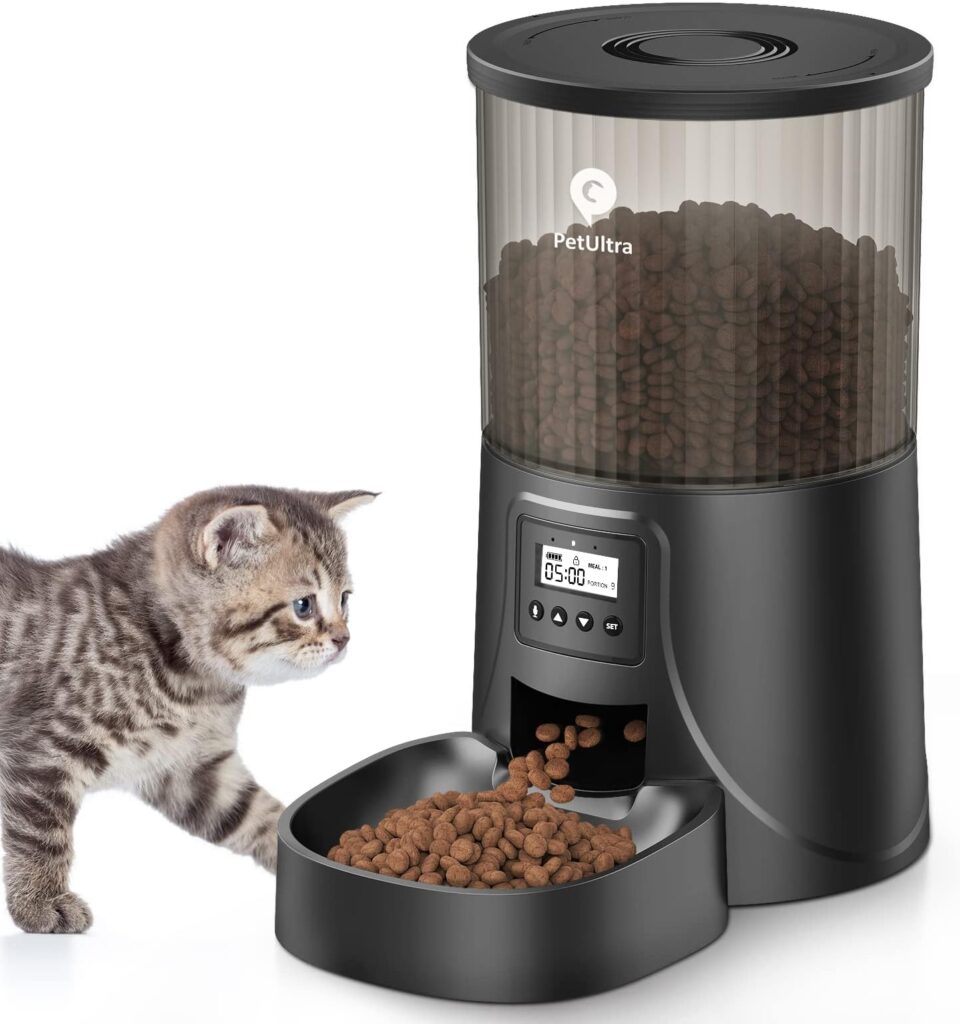For many cat owners, mealtime is more than just a routine it’s a daily opportunity to reinforce trust, reduce anxiety, and support long-term health. Yet, the tools we use often go overlooked. Choosing the right cat feeders and dishes isn’t just about aesthetics or convenience; it’s about aligning with feline instincts, minimizing stress triggers, and creating a feeding environment that promotes physical and emotional well-being.
Traditional bowls, while familiar, can inadvertently contribute to discomfort. Shallow dishes with wide openings are preferable because they prevent whisker fatigue a sensory overload caused when a cat’s sensitive whiskers brush against the sides of deep bowls. This subtle but impactful design flaw can lead to food avoidance or erratic eating patterns. Elevated cat dishes, meanwhile, offer ergonomic benefits, especially for older cats or breeds prone to joint issues. By raising the food to a more natural height, these dishes reduce neck strain and improve digestion.
Automatic feeders introduce a new layer of control and predictability. For cats prone to overeating or those with specific dietary needs, programmable feeders allow precise portioning and scheduled delivery. This not only supports weight management but also reduces food related anxiety, especially in multi-cat households where competition can lead to aggression or resource guarding. Some advanced models even include microchip recognition, ensuring that only the intended cat accesses the food an essential feature for homes with pets on different diets.
Beyond mechanics, the material of cat dishes matters. Stainless steel and ceramic options are favored for their durability and resistance to bacterial buildup. Plastic, while lightweight and inexpensive, can harbor bacteria in microscopic scratches and may contribute to feline acne. Investing in high quality materials isn’t just a hygiene upgrade it’s a proactive step toward preventing chronic skin and digestive issues.
Behavioral research also highlights the importance of location and consistency. Cats prefer quiet, low-traffic areas for eating, away from litter boxes and noisy appliances. Placing feeders in predictable spots and maintaining a regular schedule fosters a sense of security. For anxious or formerly stray cats, this routine can be transformative, helping them feel safe and reducing food-related stress behaviors like hoarding or rapid consumption.
Incorporating puzzle feeders or slow feed dishes adds enrichment to mealtime. These tools engage a cat’s natural hunting instincts, turning feeding into a mentally stimulating activity. This is especially beneficial for indoor cats who may lack other outlets for play and exploration. By slowing down eating, these feeders also reduce the risk of vomiting and bloating, common issues in fast eaters.
Ultimately, the goal is to create a feeding experience that respects your cat’s physical needs and psychological comfort. Whether through thoughtfully designed cat dishes, smart automatic feeders, or strategic placement and scheduling, small changes can yield significant improvements. Mealtime becomes less of a chore and more of a shared ritual one that nurtures your cat’s health and deepens your bond.
This isn’t just about feeding it’s about understanding. And when you choose tools that reflect that understanding, you’re not just making life easier for your cat. You’re making life easier for yourself.
Available Kittens:

